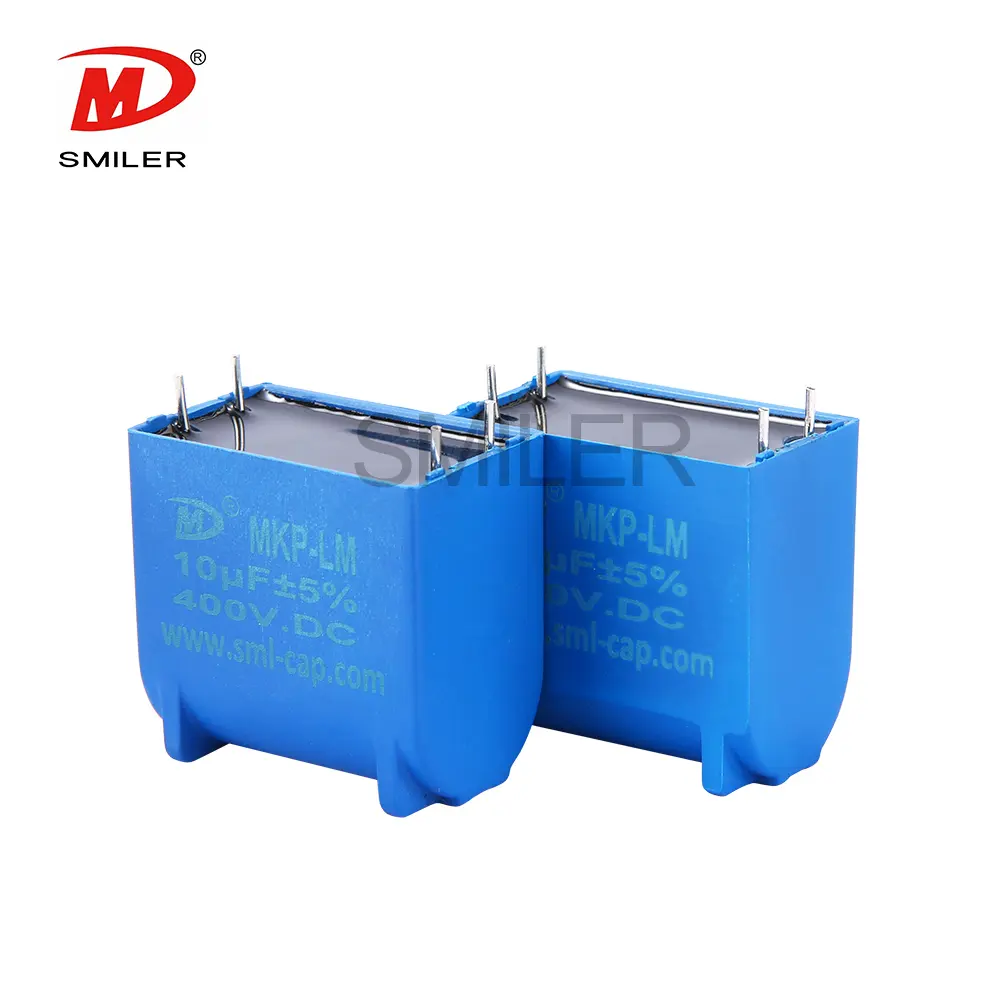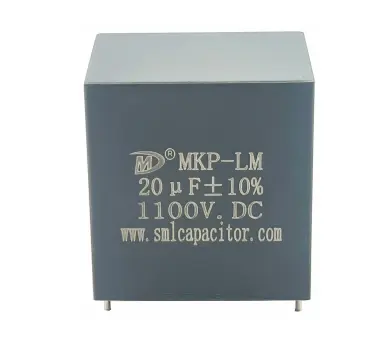Your induction cooker's smooth performance relies heavily on a filter capacitor performing its function effectively to manage the high-frequency electric currents produced by the appliance to the best extent and maintaining stable performance levels with minimal interference and operation stability. Without this component, your induction cooker may exhibit erratic operations or suboptimal performance. The filter capacitor is a safety measure that guarantees smooth operation of the device through the minimization of electrical interference as well as preventing the issues created by overabundance of noise within the circuit.
Induction cooker filter capacitors offer an advantage through increasing the efficiency of cooking with their ability to filter AC harmonics and control voltage swings in a way that steady power supply can be ensured for the heating element for quicker cooking as well as precise temperature control while simmering soup or boiling water, if you have a reliable filter capacitor, you are ensuring the best performance of your cooker.
Utilization of wrongly rated capacitors in your induction cooker may lead to a number of issues, including overheating and constant breakdown or even permanent damage to the internal components of the appliance. Inefficient handling of high frequency currents by capacitors may result in unstable operation and increased energy consumption. In addition, poor heat resistance and lack of built in safety features may also be harmful to your safety.
The voltage rating of a filter capacitor is most crucial because it determines the voltage level which it is capable of enduring without breaking or functioning improperly. In induction cookers where most induction cookers
 run on very high voltages, choosing the correct voltage rated capacitor is more important for safety as well as maximum performance. SMILER's DC Link MKP-LM is designed with a voltage range of 300 to 690 volts AC. This broad range ensures suitability for operational needs and ensures dependable performance even in challenging situations.
run on very high voltages, choosing the correct voltage rated capacitor is more important for safety as well as maximum performance. SMILER's DC Link MKP-LM is designed with a voltage range of 300 to 690 volts AC. This broad range ensures suitability for operational needs and ensures dependable performance even in challenging situations.
Capacitance rating is the capacity of charge which a capacitor can store, and it is vital to decide upon the right capacitor for efficient filtering and energy storing in an induction cooker to avoid low power efficiency or energy loss. Check equipment specification or ask an expert for the right filter capacitor capacitance.
Induction stoves are commonly used in environments where the choice of a filter capacitor depends on its durability and ability to withstand heat well. The DC Link MKP-LM by SMILER comes in an aluminum casing. Is filled with oil internally for effective heat dispersion.These design features not increase the longevity of the capacitor but also guarantee consistent performance even in challenging situations.
Not every capacitor works with every type of induction cooker so its important to select one that fits your appliances design and electrical needs right! SMILER provides a range of block choices to meet different requirements, making sure the filter capacitors can easily be used with various induction cookers out there.
SMILER's dedication to quality and innovation makes the filter capacitors a top choice for those seeking to enhance the performance of their induction cookers. Our products come with features like dual protection measures, including extra safety devices and integrated pressure safety systems. We adhere to standards, such as GB/T12747 2017 and GB/T12747 2017 to highlight our dependability and effectiveness in improving cooking efficiency while prioritizing safety and longevity.
When you want your induction cooker to work at its level possible, ensuring smooth operation is key. And the voltage tolerance of a filter capacitor plays a crucial role in this process. SMILER's DC Link MKP-LM stands out for its voltage range that falls between 300 VAC and 690 VAC. This broad spectrum means the capacitor can manage various electrical requirements effectively across different operating conditions.
 Exceptional Heat Resistance Technology
Exceptional Heat Resistance TechnologyInduction stoves frequently endure temperatures while in use so having strong heat resistance in filter capacitors is crucial. SMILER's DC Link MKP-LM is crafted with an aluminum casing and oil filled potting to enhance heat dissipation. This construction not only reduces the chances of overheating but also guarantees lasting durability in challenging environments.
SMILER’s filter capacitors are known for their lasting quality and durability. Our products are built to last. Require less frequent replacement or maintenance thanks to their sturdy construction. Additionally, they incorporate double protection features like safety devices and built in overpressure cut off systems for added safety and dependability.
Opting for SMILER’s filter capacitors brings benefits that extend beyond just fulfilling basic functions. They are uniquely designed to enhance energy efficiency by removing undesired AC harmonics and stabilizing voltage variations. This not only boosts the efficiency of your induction cooker but also helps in reducing energy usage—a positive outcome for both your finances and the environment.
A: Filter capacitor must be selected with low ESR value along with high capacitance; ceramics are suitable here since they have very low ESR.
A: The main function of the filter capacitor is to help reduce noise, such as ripple and interference in the signal, in order to provide a smoother DC output or protect subsequent circuits from unintentional interference. The most common one is in the rectifier circuit.
A: Induction furnace capacitors are devices that store electrical energy and release it when needed to stabilize and enhance the performance of induction furnaces. How do induction furnace capacitors improve power factor? They improve power factor by storing energy and releasing it when needed, allowing for efficient use of electrical power.
A: When selecting a capacitor, consider the capacitance, voltage rating, ripple current rating, and temperature. The value of capacitance determines the size of a capacitor. The higher the capacitance, the bigger the size. The capacitance variation is temperature-dependent.